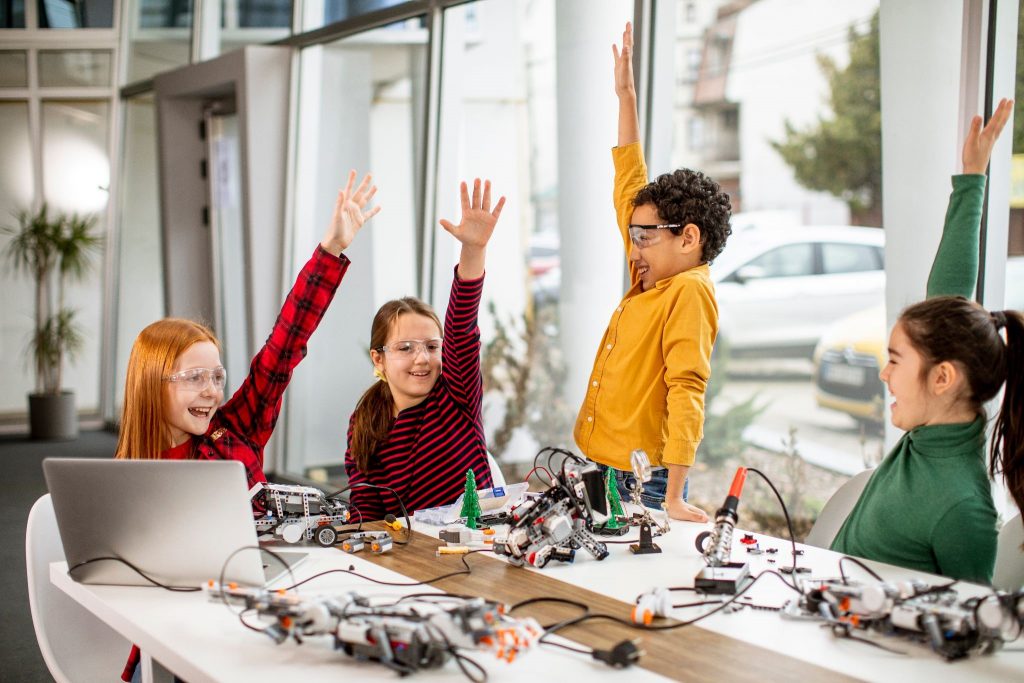When we hear the word diversity, we often think of demographic diversity. The top-four common associations with diversity are generally race, ethnicity, gender, and sexual orientation. However, cognitive diversity is just as important as demographic diversity.
Cognitive diversity simply refers to how someone thinks: opinions, world views, beliefs, and styles of problem solving. This can also include work styles, learning styles, personality styles, perspectives, and neurodiversity (i.e., employees with autism or other types of neurodiversity).
Demographic diversity focuses on statistical characteristics such as ethnicity, gender, and age, while cognitive diversity focuses on delivering a mix of how people carry out intellectual activities, such as making associations, problem solving methods, or drawing conclusions.
Connecting the unconnected is a creative process, and people can embark on different routes to combine new connections, especially with intentional training. Tackling new challenges requires a balance between applying what we already know, discovering what we don’t know, and discovering how our new findings could prove useful in the future. People approach these processes differently and need to be allowed to approach them in their own way even if it is not in a way that seems typical to you.
Here is quick food for thought when thinking about cognitive diversity. It is very possible to visually have different demographics (diversity) and yet have no cognitive diversity at all. Diverse workplaces can become cognitively homogeneous for many reasons. Maybe the board only prefers IVY league school alumni. Maybe the HR manager needs to fill the role with a person who is similar to the one who left.
There are many causes, but the result can severely limit the organization’s ability to build, challenge, and perform creative abrasion if there is no cognitive diversity. When no one is around to object or even present other ways of looking at a problem, groupthink can occur and oftentimes it does.
Despite that, exposure to other ways of thinking, processing, and implementing ideas better equips us in becoming more adaptable. This requires building a psychological safe place for all voices to share their opinions and to allow respectful conflict, creative abrasion, and innovative discourse.
If cognitive diversity is present, activating perspective-shifting skills is necessary in order to fully take advantage of all the perspectives present. Exercising your perspective-taking muscles and strengthening your mentalizing network in your brain will not only benefit you in increasing your ability to connect with others from various cultures but also improve your ability to conjure up innovative ideas. Even in adulthood, your brain is plastic (neuroplasticity) and therefore can grow, change, and get better in these areas. We can get better with age.
Being able to shift perspective requires knowing where you are, being curious as to where you wish to go, and then taking action to shift there. Perspective-shifting needs courage because you don’t know exactly what you will find. You may not like what you discover. Cognitive dissonance may occur.
However, with the tools and gems from CAFFE Strategies—explaining in depth how to handle cognitive dissonance and negative capability—you will hopefully have the knowledge base to navigate and sit with a newfound perspective and feel a certain level of confidence going through it to understand the views of another person.
As we learn how to better celebrate our uniqueness, we can support ways to develop our unique perspective so we can thrive in any work or life environment. This is a foundational element within the Intercultural Creativity framework and a basis in shifting perspectives.
To perspective-shift is to be open to possibilities. To perspective-shift is to live a thousand lives while living your own. How will you shift your perspective today and try and venture into your uncharted territories? Maybe change “I have to” into “I get to.” Also, it never hurts to consider the perspective and motivation of others. And, most importantly, it’s OK to start small. Doing something small can open your mind to other possibilities. When it comes to creativity there is no right or wrong way to be creative. There is only fear to halt and stunt any possibility of blossoming innovation.





